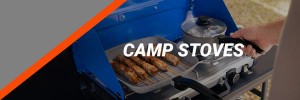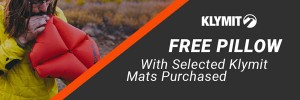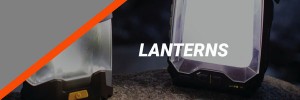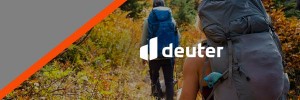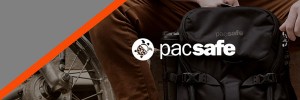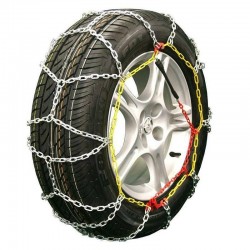When & How to Use Snow Chains
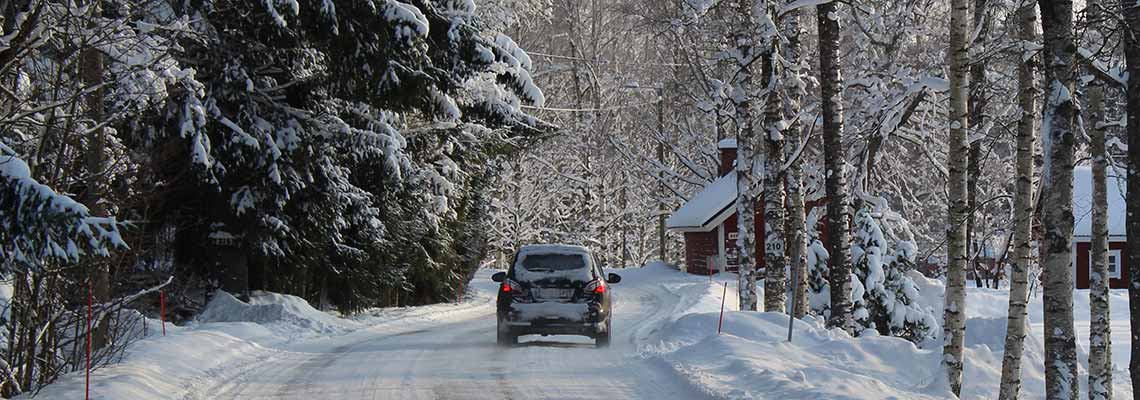
Snow Chains! What do I need to know?
Snow chains are a must have for any explorer in a cold New Zealand winter. Snow chains are easy to put on & get off so that you can get up the mountain without the hassle!
- Practice mounting before use in warmer weather – Do not drive on them yet
- Use chains when there is at least a layer of compacted snow/ice – no less
- Ensure the correct size has been purchased
- Chains must be fitted tight – loose chains can cause damage to vehicle
- Stick to Maximum Speed of 40km/h
- Pack way dry to avoid damage
- Drive 20-30m and then check to ensure there is still tension - Chains can shift to start with
- Pull away slowly – spinning the wheels can result in damage to suspension or steering if a chain catches on a hidden tree stump or rock
Do I really need to use snow chains?
You should only fit your snow chains when there is snow on the road, or when you are instructed to put them on as advised by NZTA signs on major roads that risk having snow. There are some routes where the New Zealand law on snow chains means you need to carry them with you. For example, if you plan on driving to Milford Sound in winter, you'll need to take snow chains. If you ignore signs saying you need to fit snow chains, you risk being fined.
What kind of roads would I need to use chains?
We would recommend carrying snow chains with you if you are travelling through any high country or alpine roads throughout the country. Examples of these roads would be Lindis Pass, Arthur's Pass, Lewis Pass, Porters Pass, and The Crown Range. Some councils recommend you carry chains as a precaution at all times during winter (Like Queenstown Lakes District) no matter where you find yourself exploring – you never know when a cold front will hit.
Do I need to purchase 1 or 2 pairs of chains?
The minimum needed is one pair on the driven wheels but two pairs are better, particularly if you're spending a lot of time driving in conditions where chains are required. Typically:
- A front wheel drive car with chains only on the front wheels will have a tendency to over steer
- A rear wheel drive car with chains only on the rear will tend to under steer
By using four tyre chains, you'll be able to obtain the best possible traction and balance. A four wheel drive vehicle should have chains fitted to all four wheels
Will snow chains fit your car?
Fitting chains adds to the width and diameter of the tyre. With some original equipment wheel/tyre combinations this can mean that the chains may contact bodywork, suspension or brake parts with potentially serious consequences. Chains can interfere with the correct operation of electronic sensors on the wheel too. Check the handbook - this should make it clear if you can use snow chains on each size of wheel offered as standard or optional fit by the car manufacturer.
What should I consider when driving with chains on?
- Traction control/anti-skid should be turned off when using snow chains
- Check the vehicle handbook/instructions for the chains as advice can vary from product to product
- Snow chains will not aid in road traction if you drive too fast in icy or snowy conditions
- Drive gently with chains fitted – slow down for bends and avoid harsh acceleration and braking
- Sometimes after a short distance check and adjust the tension
- Pull away slowly – spinning the wheels can result in damage to suspension or steering
- Stop immediately and remove the chains if they are damaged or broken in use
- Check chains for damage when you take them off – look for worn/broken links and connectors
- Clean and dry chains before putting them away after use to prolong their life
How do I check the clearance of a vehicle? (Or what thickness of chain can my car accommodate?)
Some vehicles have very little space between the wheel and the suspension of the vehicle or other obstructions, meaning the chains could come into contact with the bodywork, braking systems or suspension with serious consequences. It is possible to check if your vehicle has a clearance problem by placing your hand into the wheel arch, onto the tyre and feeling around the tyre for obstructions which come close to it, especially the far/inside wall of the tyre.






